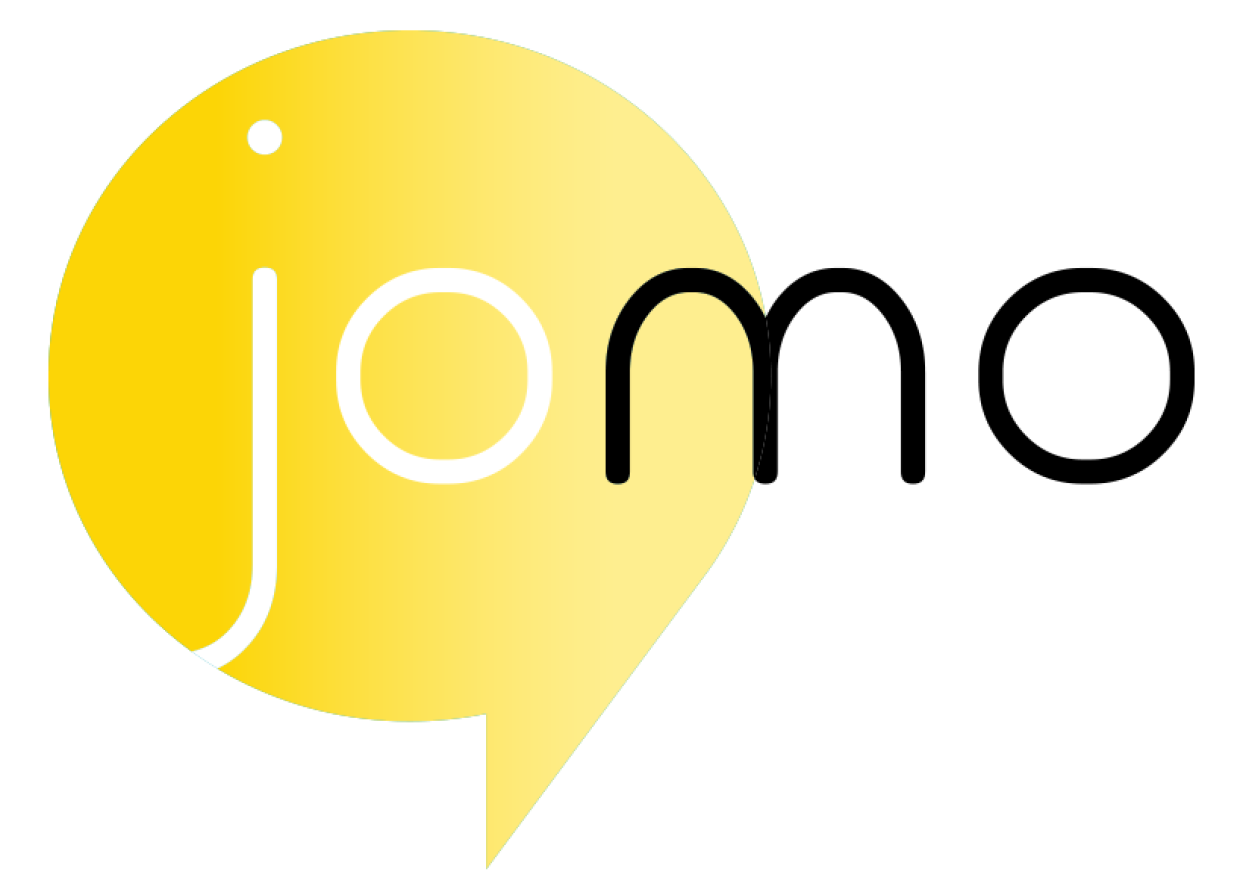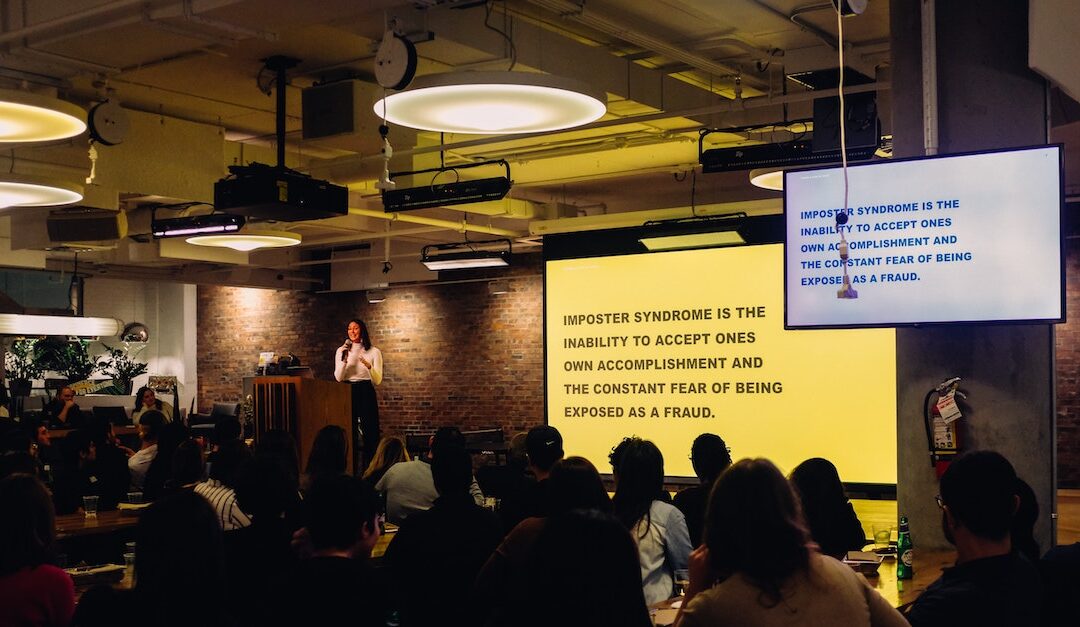In principle people get what they are, but it’s not until I talk about Netflix and their culture deck – that the conversation gets really interesting.
Netflix’s deck really changed the conversation we have with clients around employer branding. All of a sudden, employer branding became a mainstream conversation as recruitment teams sought to work out what makes them different in the candidates’ eyes.
Oh – and, let’s not forget, another great thing about the hype around this culture deck was… for the first time, an HR/recruitment document went viral. See, it’s not just marketing teams that get to have the fun.
Netflix, Spotify, Hubspot, Etsy, LinkedIn… all these companies have invested in creating culture decks as part of their talent strategies.
They get that using a culture deck will give prospective talent an insight into what makes the business tick, what it takes to flourish, and how it all comes together to create the culture that’s unique to them.
And, whilst recruitment teams use them to create a competitive advantage, the benefits extend much, much further than this.
I don’t need to tell you that investing in initiatives around employer brand and culture can help lower your cost per hire, decrease time-to-hire and find harder to fill roles. Yet, it seems crazy that on average, only 8% of recruitment budgets are spent on employer branding (LinkedIn Global Recruiting Trends).
Why is it an after-thought? Or why is it seen as a ‘nice to have’ amongst your never ending to-do list?
It’s not just businesses overseas that are creating tools to help enhance their employer brand. Look a little closer to home with the amazing values handbook the team at Sonovate has created. This is a team that truly gets that recruitment needs to be different to compete for talent in one of the most disrupted employment markets we’ve seen.
What is a culture deck?
A culture deck is something that can help you to capture what your company is about. It’s something that breaks down your culture, explains what the organisation’s values and missions are, and what success means and looks like.
Or, as Putter describes it: “it’s how you transform your culture into a visible, conscious and tangible asset”. (For those amongst you who love a book, check out Putter’s book, Culture Decks Decoded).
What makes a good culture deck? You know, one that *actually* works?
It isn’t a case of reeling off five words that your business stands for which, to be honest, no one really understands. Inspirational culture decks that really get employer branding demonstrate how their values would look in the real world with teams demonstrating different examples of behaviours, communication styles… you name it.
This transparency helps a candidate to understand if they may be a good fit for your culture, which can only have a positive impact on the quality of applications that may come through to you. (See, there’s your first metric to consider when putting the case forward to create one for your business.)
3 culture decks you need to know about to inspire your employer branding project
1. Hubspot’s Culture Deck
Sales and marketing software company, c1700 staff.
Why I like this example. Firstly, right off the bat, they include their Culture Code: 7 steps, all complete with examples that demonstrate how the business lives its code, missions, and values. Next, they’re honest about external events and priorities.
Then, there’s the slide about diversity. They want to be different and are working hard on diversity; yet they know they still have work to do. This tells you what type of business they are.
“To think different we need to be different. We cannot all be the same. We want a diversity of backgrounds and beliefs. *Confession: We want diversity, but do not yet have it. Still work to do.
2. Netflix’s Culture Deck
Media Streaming Company, 3700 staff.
Why I like this one. I mentioned them earlier and couldn’t leave them out. Whilst Netflix has recently updated this, I have included the original deck because there are some really great examples to draw inspiration from if you’re stuck on how to get across an idea or value.
The Keeper Test managers use is one good example of getting you think about the traits you want in an employee: ‘Which of my people, if they told me they were leaving for a similar job at a peer company, would I fight hard to keep at Netflix?
I also love the slide about what a great workplace is:
“Great workplace is stunning colleagues. Great workplace is not espresso, lush benefits, sushi lunches, grand parties, or nice offices. We do some of these things, but only if they are efficient at attracting and retaining stunning employees”
3. Hootsuite’s Culture Deck
Social media monitoring company, 1200 staff
Why I love this example. Hootsuite has crafted an effective deck by going further than including just their values. They tell the reader the story of how the company was created. Everyone loves – and buys into your “why”. (Calling Simon Sinek…)
They also talk about the language used between Hootsuite employees.
For example, they’re passionate about the concept of #BSU (blow s@it up!). This gives the candidate an idea as to the bold, relaxed approach culture they have created. Something that may put people off, while others may gravitate to this type of environment.
Even more resources on culture decks to inspire your employer brand:
Culture Codes: All the Best Culture Decks and How to Create One
Why Every Business Needs a Culture Deck — And How to Create One
Why Executive Teams Shouldn’t Write “Culture Decks”
Are you working on your culture deck?
We’re looking to hear from teams keen to share their culture deck and highlight the great examples out there. Comment below or tag Jomo People on LinkedIn.


